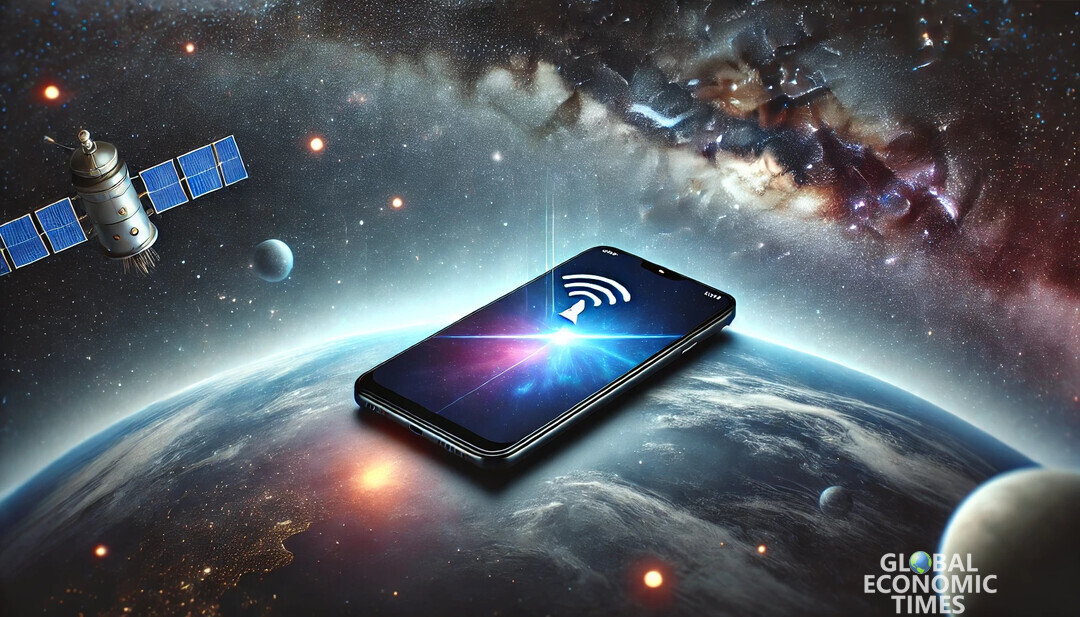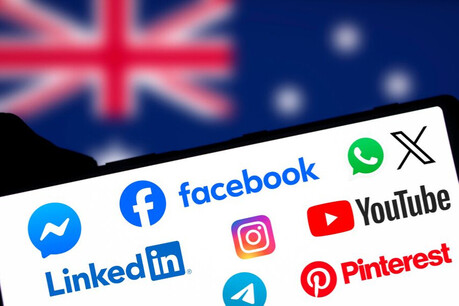
London — The United Kingdom is fast positioning itself as a leader in the next generation of telecommunications, specifically in the Direct-to-Device (D2D) satellite communication industry. D2D technology, which allows standard mobile phones and other digital devices to connect directly to satellites, bypassing terrestrial base stations, is poised to close persistent connectivity gaps across the country and set a regulatory precedent for Europe.
The UK’s telecommunications regulator, the Office of Communications (Ofcom), has been proactive in reforming regulations to facilitate the rollout of this service. Following an earlier consultation, Ofcom confirmed its authorisation framework in September 2025, a critical step that paves the way for commercial services to commence as early as 2026. This move will make the UK the first European nation to formally permit D2D connectivity within existing mobile spectrum bands.
Strategic Rollout and Regulatory Framework
The initial commercial strategy, set for an early 2026 launch, will focus on SMS (text messaging) services, with a phased expansion to include voice calls and low-speed data services. The primary target market is the roughly 5% of the UK’s landmass—encompassing rural areas, mountains, and coastlines—that currently lack reliable 4G terrestrial coverage. By targeting these "not-spots," D2D services are expected to enhance network resilience and ensure broader access to emergency services.
Ofcom’s framework dictates that Mobile Network Operators (MNOs) will utilise frequency bands below 3GHz—those typically used for 4G/5G terrestrial services. To prevent interference with existing communications, particularly Air Traffic Control (ATC) radar systems, MNOs must implement robust interference mitigation schemes. The authorisation framework requires a license variation for MNOs and new exemption regulations for end-user devices, streamlining the process for commercial deployment.
Major Operators Drive Commercialisation
The push for D2D commercialisation is being spearheaded by major British telecom firms through key international partnerships:
Vodafone is a notable frontrunner, having established a joint venture named SatCo with US-based satellite firm AST SpaceMobile. Headquartered in Luxembourg, SatCo's mission is to offer space-based cellular broadband to MNOs across Europe, with a commercial launch targeting 2026. This partnership is a strategic shift for Vodafone, aiming to transform it into a ground-to-space mobile broadband provider.
BT (British Telecommunications), the parent company of mobile operator EE, is exploring its D2D strategy through partnerships with Low Earth Orbit (LEO) satellite providers. While BT has long-term agreements with British firm OneWeb for high-speed connectivity in remote areas, there are also ongoing discussions and trials with Starlink (SpaceX) to explore using its satellite network to further extend coverage for mobile and broadband services in the most difficult-to-reach parts of the UK.
Setting a Global Standard
The UK’s ambition is not limited to domestic connectivity. By being the first in Europe to establish a clear and progressive regulatory path for D2D services using standard mobile spectrum, the country is actively seeking to become a global leader in D2D regulatory standards.
This proactive approach is expected to significantly boost the domestic D2D ecosystem, strengthening the position of British companies in the new space economy and providing a springboard for their expansion into international markets. The successful launch and operation of these services in early 2026 is anticipated to mark a significant milestone in global mobile connectivity, moving D2D from a niche technology to a standard feature for mass-market mobile devices.
[Copyright (c) Global Economic Times. All Rights Reserved.]




























